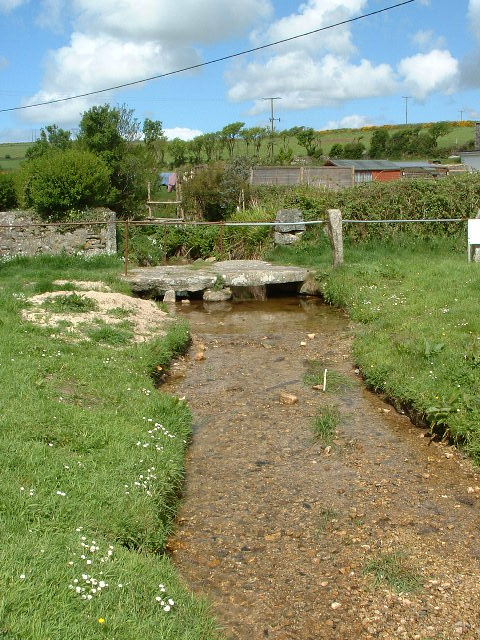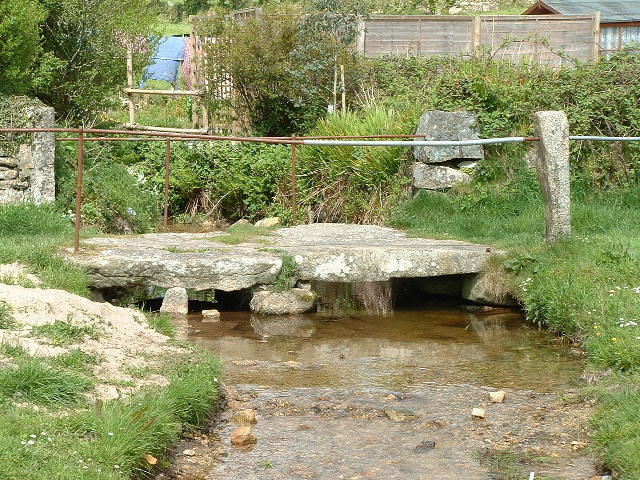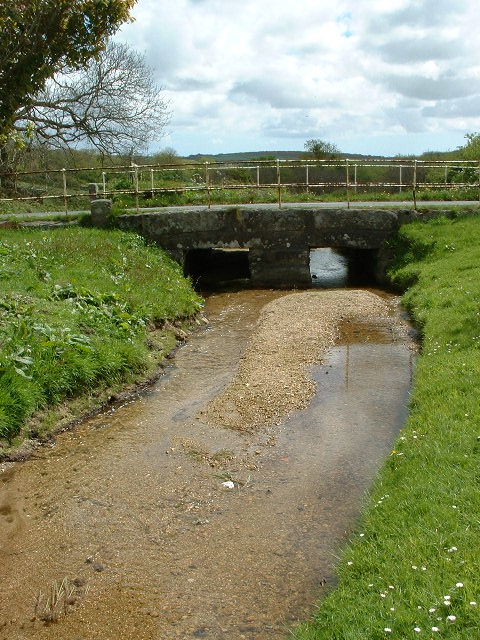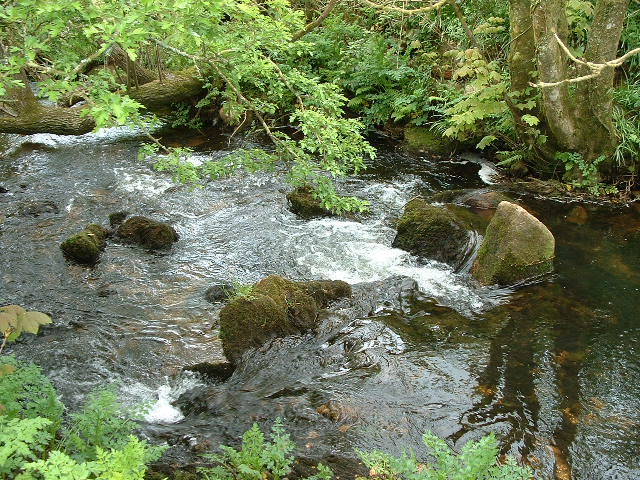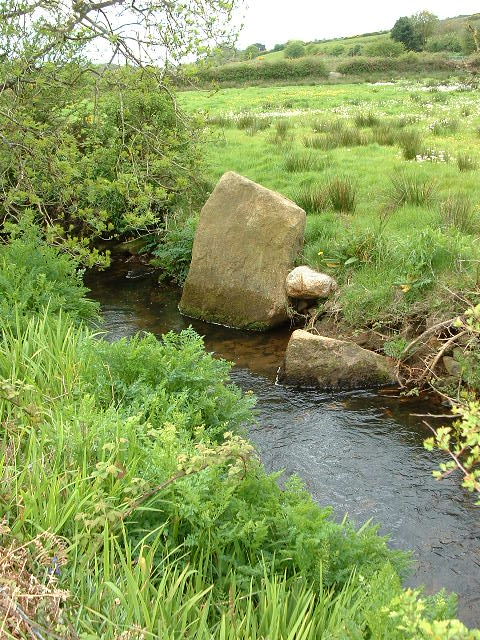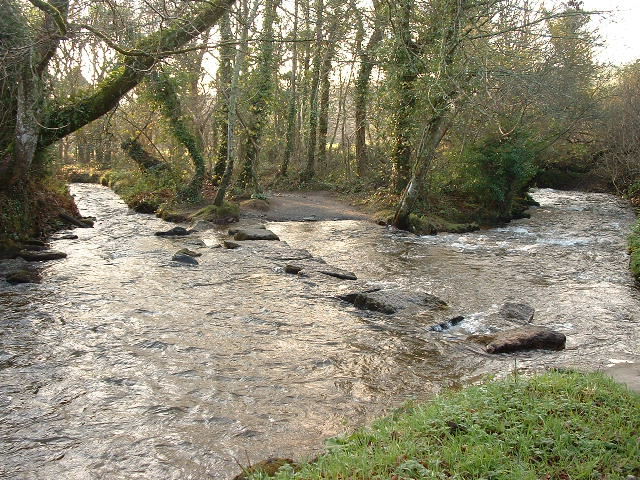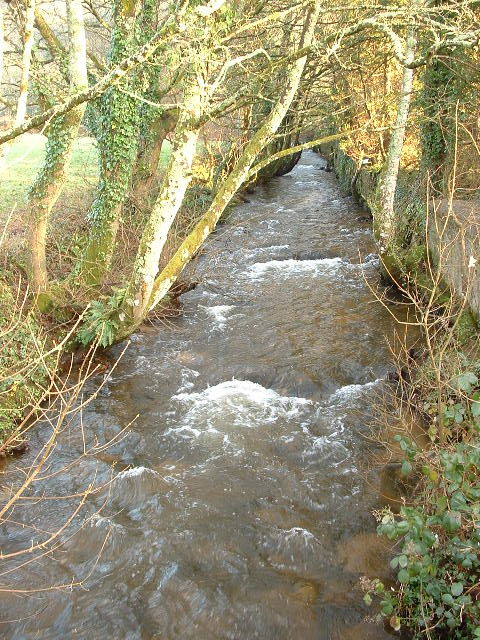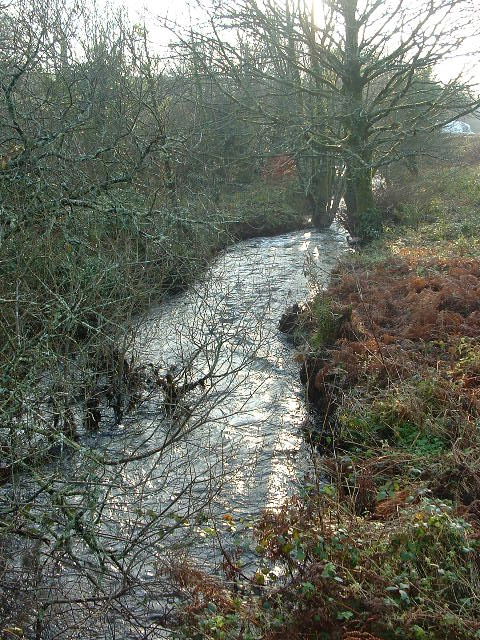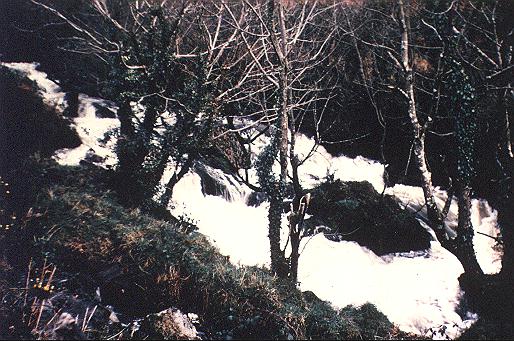River Cober
Adapted from the papers & photographs of my late Grandfather
William Frederick IVEY
1903-2000
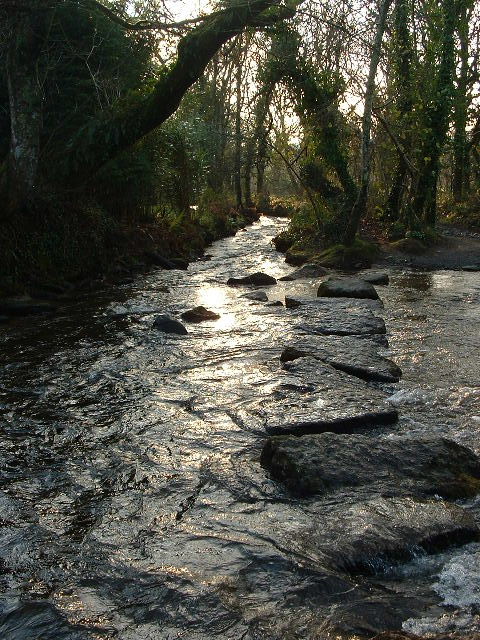
Henderson’s researches show that the Cober River was navigable in 1302.
Geological evidence is more positive when the weighing machine was installed in the old market, the foundation builders found traces of a submerged forest.
It has been said that in the past years at one time the river Cober turned 32 wheels, a large proportion of which were gristmills. The last mill to perform this function was the Higher Anvower Mill at Lowertown and for a time owned by the late Mr. Eddy Harris, a local resident.
There was also the Tin streaming works in the same district by the late James Harvey.
None of these wheels are working at the present time and all have disappeared together with much of the equipment concerned.
The River Cober was bridged about 1260 near the old cattle market on the Penzance road.
In the Cober valley, not far from Lowertown, Cunnack’s Knacker Yard formerly existed. It was the venue for dead cattle and horses. The gruesome `Dead Carts’, Horse drawn vehicles carrying their unfortunate cargoes, were often to be seen making their way to this depot.
Murray’s Guide (1865) describes it as `a stream called the Cober, from Cobra an old word signifying serpentine or sinuous, rising near Carmenellis and flowing by Helston meanders towards the sea’.
Carnmenellis provided one of several streams which help to form the Cober River but the source of the Cober is at, or near Hangman, in the Troon, near the Camborne area. It depends on the state of the rainfall. There is no gushing stream as its source is just a draining of the high ground and follows a water course at Higher Carthew Farm not a great distance from the Three Cross School (on the Helston-Redruth road) continuing down the Carthrew valley.
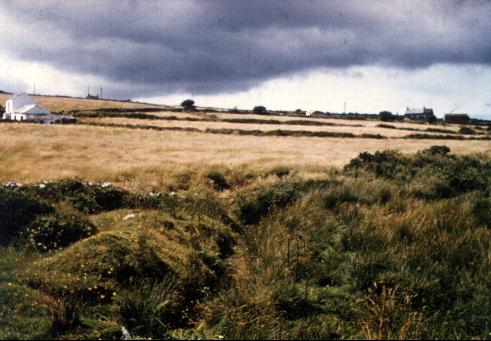
It can be first recognised as a river at Burras over which there is a rather ancient bridge. The course can now be easily traced. Nearing Treneer hamlet the Cober is joined by another stream of about equal size which commenced at Halabazack and Wendron Carnkie, on to Boscadjack Green, down the falls at Coverack Bridges, through Lowertown where until a few years the last of the water powered grist mills ceased working, continuing down the long valley of Helston Moors and ultimately into the Loe Pool.
And so this little river which has been blessed and cursed in turn eventually emptied itself into the Loe Pool, the largest natural lake in the West of England, although in Cornwall now there are larger areas of water, such as the Stithians reservoir held back by a substantial dam and affording a popular amenity area as well as a freshwater fishing venue.
Again quoting Murray who gave the circumference of Loe Pool as 7.5 miles, Toy, a hundred years later quoted 4.5 miles. I can well remember when, as a child, I paddled and sailed little boats made from corks and feathers, when the waters came up to Lower Nansloe Farm, then occupied by a Mr. Tippitt. Today one will have to walk a considerable distance along a green sward before even catching a glimpse of the Pool. I venture to comment that if in the next 100 years the Loe Pool continues to fill up as it has done in the last century, the size of the Loe Pool will be very restricted in area.
I suppose there are few rivers of the size of the Cober River, which have caused more anxiety and discomfort than the little river, for little it is, than that which flows through the lower parts of the town. For most months of the year it is hardly worthy of being called a river, it would be more accurately described when rain was less frequent as a stream.
In the days when Basset & Grylls mine was in production at Porkellis there was a much larger flow of water, the water of recent years have been taken for use at nearby R.N.A.S. Culdrose. But in the mining days there was a regular flow of discoloured water, which ultimately reached the Loe Pool carrying its slimey sludge to the end of its journey. A large section of the Loe was spoiled by this coppery hue and the outlet at the sea-end was tainted with discolourment.
In the Loe Pool quantities of fish died, attributed to the tainted water.
MORE IMAGES OF THE RIVER COBER
